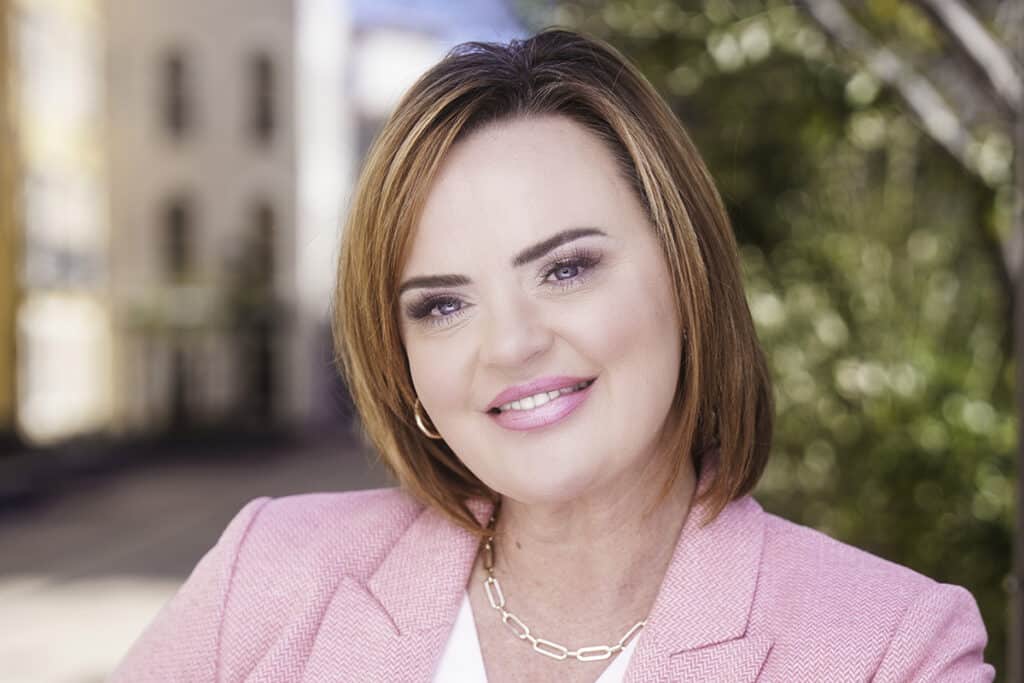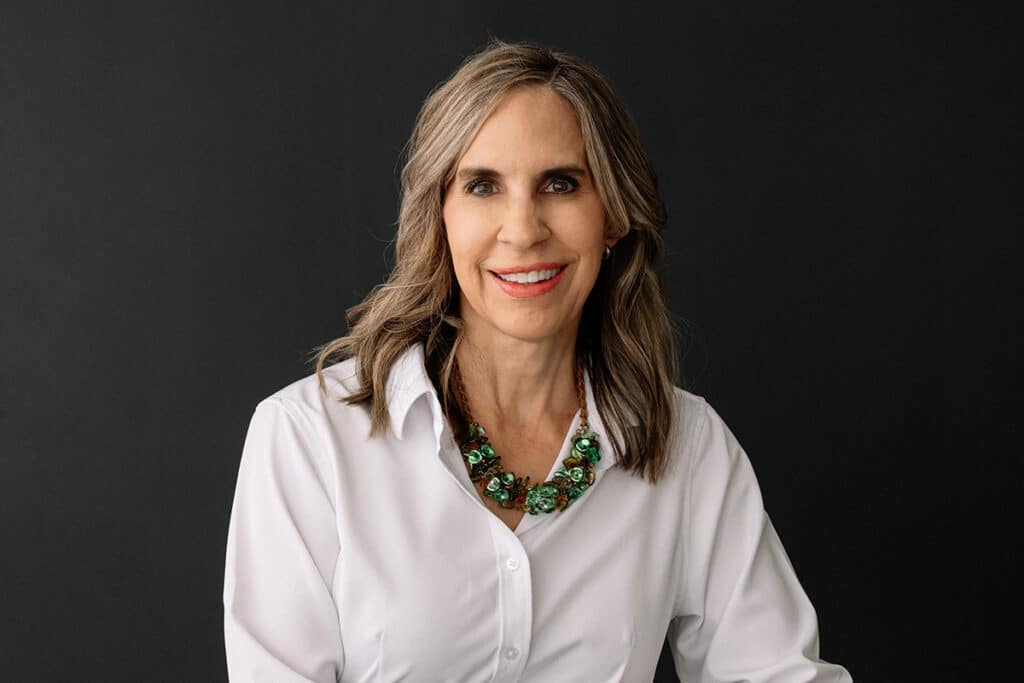Your mother always taught you that real beauty comes from the inside. It turns out she was right — in more ways than even she knew. While mom clearly meant the inner person, the inner person can actually have an impact on physical appearance. Good health, a balanced life, what you eat, and a positive outlook can make you look better.
You know it when you see it. You see someone who is not beautiful by the classic definitions, but something about her is just captivatingly attractive. It’s a vibrancy, an energy, a serenity.
That’s what yoga is all about, and that’s one of the reasons its popularity has grown dramatically. Yoga focuses on the whole person — the mind/body/spirit connection. Wholeness has a beauty all its own.
Despite growing popularity, there is still a great deal of misunderstanding surrounding Eastern practices and philosophies. Yoga first gained cult popularity on the West Coast during the 1960s, so many still associate it with alternative lifestyles. Esther Vexler, a yoga instructor and practitioner since 1954, didn’t tell anyone she was doing yoga in her early years. “I was afraid people would think I was out of my mind,” she says. “Celebrities have helped bring yoga into the mainstream. Now more and more people, women and men, are practicing.”
Today, yoga is mainstream. Accord-ing to a Roper poll commissioned by the Yoga Journal, approximately 11 million Americans practice yoga at least once a week. Yoga is available throughout the country. Most health and fitness centers offer classes, and dedicated yoga studios are springing up everywhere, even in San Antonio.
Yoga is not a religion. However, yogis (those who practice yoga) believe that yoga can help strengthen your spiritual beliefs, whatever they are. Yoga is an ancient philosophical system that combines spiritual traditions with physical movements, or postures. It was originated by the Hindus in India more than 5,000 years ago, and is practiced as part of many Eastern religions — including Buddhism — today as part of meditation.
“Yoga” is a Sanskrit word that means to “yoke,” or unify, the body, mind and spirit. There is a wide variety of yoga styles. All incorporate a series of body positions, or postures, known as “asanas,” and are practiced along with controlled breathing known as “pranayama.” Yoga is a form of gentle exercise involving deep stretching and meditation. As a comprehensive ap-proach to well-being, yoga may protect or help heal every aspect of the body. Recent scientific research has corroborated the health benefits of regular yoga practice. Many doctors now recommend it as complementary medical care, and some hospitals are beginning to offer “yoga therapy” through their complementary medicine departments.
In addition to the physical benefits of yoga, such as improved strength and flexibility, yoga can yield emotional and psychological benefits as well. Yoga postures and the accompanying controlled breathing can facilitate the mind-body connection, resulting in a fundamental state of well-being, easing stress and promoting alertness.
Vexler, 86, can verify the physical and emotional benefits of yoga. “The key to good health and staying young is movement,” she explains, “and yoga is great for building self-esteem and raising your spirits while building your strength and maintaining flexibility.” Vexler still teaches yoga at the Synergy Studio, located at 5200 McCullough.
A variety of yoga styles have developed throughout the centuries, each emphasizing a different aspect of the mind/body relationship. The most popular branch of yoga in the United States is Hatha yoga, involving a series of postures and breathing exercises that focus on concentration, endurance, flexibility and stretching.
Forms of Hatha yoga include:
Iyengar uses props such as benches, sandbags, mats and chairs to help develop greater precision in the postures.
Kundalini includes mantras (chanting), meditations, visualizations, guided relaxation and posture sets to focus on healing and clearing the mind and body.
Kripalu emphasizes proper breathing and body alignment and coordinating breath and movement. It is free-flowing and meditative.
Astanga is physically demanding, moving through a series of postures to build flexibility, strength and stamina. It is not recommended for beginners.
Viniyoga is a gentler, slower, more individualized form of yoga, focusing on strength, balance and healing. It is ideal for beginners, seniors, people with chronic pain or those who are in rehabilitation from injury or disease
A 150-pound person doing Hatha yoga burns about 96 calories every 20 minutes, so if your primary goal is to burn lots of calories and you have only 20 minutes a day to spend on your body, yoga will not deliver what you want. While yoga is a great asset to any weight-loss program and may promote gradual weight loss, it is not functionally a fat-burning exercise.
Bikram yoga, a style that involves 26 postures done in 105-degree heat, is said to be slightly more effective at increasing the cardiovascular rate, thus burning more fat. According to Carol McLaughlin, instructor at the Bikram Studio in Alamo Heights, “The heat is there so you can safely stretch your muscles and detoxify your body by sweating out the impurities.” Bikram is an intense workout. “We have a lot of policemen and firemen who work out with us. They find Bikram is great conditioning for their type of work,” says McLaughlin. “Of course, we also have regular people who want a good workout. For example, we have a mother and daughter who work out together. Mom is 50-ish, and her daughter is 18.”
The key to a successful yoga program is finding a qualified teacher. Before enrolling in a class, ask about the instructor’s qualifications, including the type of instruction he or she has had. While voluntary certification is available from various groups, there is no national certification program for yoga instructors. So buyer beware: some organizations award teaching certificates to people who have completed only a weekend course.
Yoga practice is physically, emotionally and mentally challenging for most beginners. It is not easy to learn, so an open mind and commitment are essential. But anyone can practice yoga. People of any age, health status or fitness level can participate and benefit. Yoga moves are gentle, with both sitting postures and standing postures. You push yourself only to the limits of your own ability.
Women still dominate most yoga classes, though many more men are wising up about yoga. Guys definitely need to check their egos at the door. “Men seem to be more embarrassed about showing their bodies and their lack of flexibility,” says Vexler. But she has seen many men who are as committed — and as flexible — as women.
While there are plenty of yoga books, videotapes, audiotapes, CDs and Web sites to help you begin practicing on your own, your best bet is still to start by taking a class. Try two or three different yoga styles or schools to find your best fit. Look for an instructor whose teaching style and personality make you feel comfortable. A good instructor will teach you proper form to avoid injury, and can also work with you to find the ideal yoga positions for your individual needs.
One of the other great aspects of yoga is that anyone can do it. So if your lack of aerobic fitness, weight, or a general lack of athleticism has been keeping you from moving, yoga may be perfect for you. And even if you are physically fit, yoga can help you become more balanced, more at peace, and more beautiful — from the inside out.




